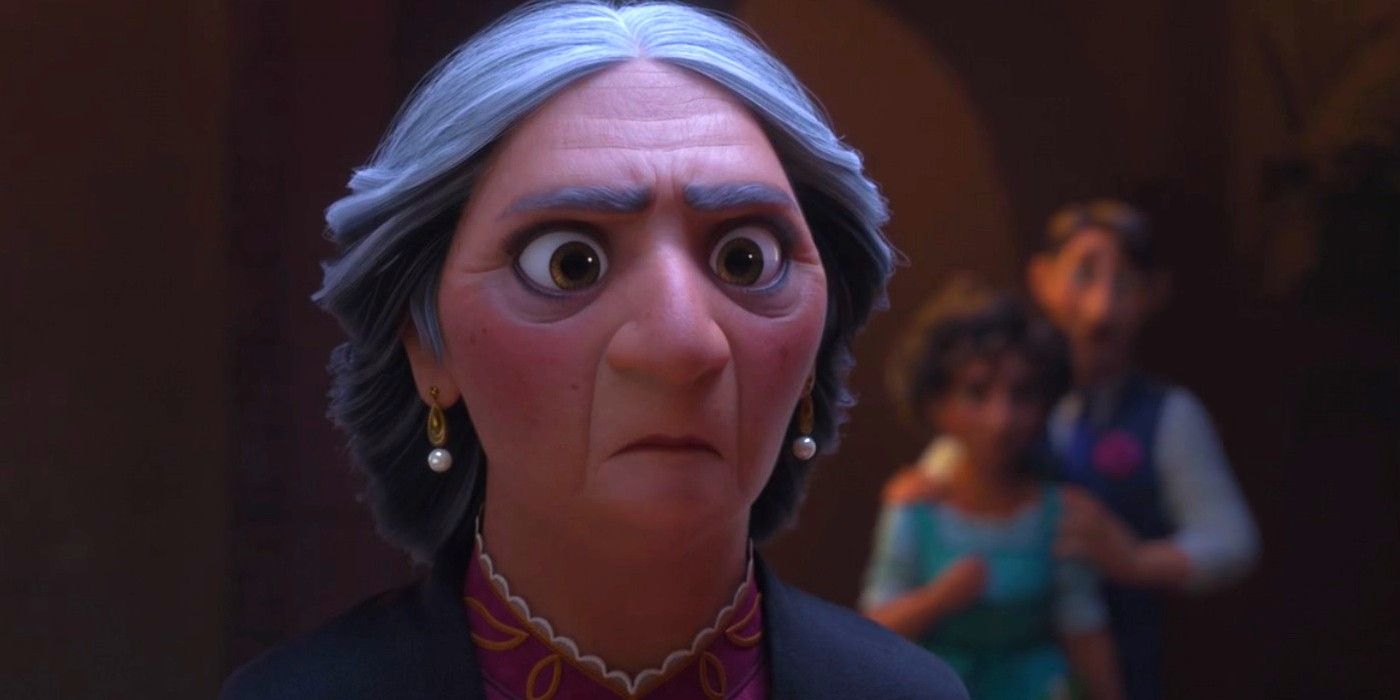Who Attacked The Village In Encanto? Real Life Colombian History Explained

One question many people have raised after seeing Encanto is whether the armed conflict that forced Alma and Pedro to flee is based on real-life events from Colombia's history, and if so, which. Some Disney Classics that have come before Encanto have a basis in historical violence, such as the war between Chinese and Mongolic states portrayed in Mulan or Britain's invasion of West Africa as featured in Tarzan. However, while the conflict in Encanto is an important part of its story, it takes a back seat until Abuela's flashback at the end of the film and is never given a specific name, which makes this question somewhat difficult to answer. However, there are some clues in Encanto's Colombian setting that help figure it out.
After the landmark success of Moana, for which Disney creatives worked with an Oceanic Story Trust to ensure that the film's cultural representation was meaningful and authentic, other Disney productions have formed their own such trusts to do the same. Raya and the Last Dragon paired with Southeast Asian cultural experts, and Encanto with those from Colombia. As a result, Encanto has received a largely positive reception for its portrayal of Colombia that's rich and realistic in the right ways in everything from its core themes to details of architecture, cuisine, music, and clothing. With all these real-life Colombian influences in Encanto, it's natural to wonder which armed conflict the film features in its backstory.
Given Encanto's canonical setting in Colombia, rather than a made-up fantasy world, it's likely that the attacks that drove Alma and Pedro from their hometown do intentionally incorporate true historical events. Based on context clues, then, the conflict being referenced is probably the Thousand Days War. Some theories have also suggested that it could be La Violencia, but this would have to be a more metaphorical reference rather than a literal one, since the film's setting wouldn't quite line up.

Based on key details in Encanto, such as the characters' dress, the type of camera used for the family photo, and Bruno's home entertainment set-up inside the walls of Casita, Encanto's time period setting is approximately the 1950s. This would then place Alma and Pedro's backstory around the turn of the century, when the real-life Thousand Days War was taking place. This conflict, which ran from 17 October 1899 to 21 November 1902, was the product of civil unrest in which liberal and conservative groups fought to enact a decentralized or centralized government, respectively. Over the course of these three years, many towns and villages were ransacked and their residents displaced as refugees, which aligns with Pedro and Alma's experience.
La Violencia, similarly, was a civil war rooted in conservative vs. liberal ideology and messy elections, which lasted for ten years from 1948 to 1958. It's unlikely, then, that the story of Abuela and Mirabel's grandfather in Encanto is meant to represent this conflict literally, since the time period is wrong. However, given that La Violenca could have been going on around the same time as the main events of Encanto, it's still a meaningful reference to understand, as well as a poignant connection between Abuela and the younger Madrigal generations. Overall, Encanto does a good job of balancing its portrayal of true, violent history with a vibrant and detailed story filled with joy and love, all of which is rooted in a thoughtfully-crafted, authentic rendering of Colombia.
from ScreenRant - Feed https://ift.tt/3ApfqVl
via Whole story

Post a Comment